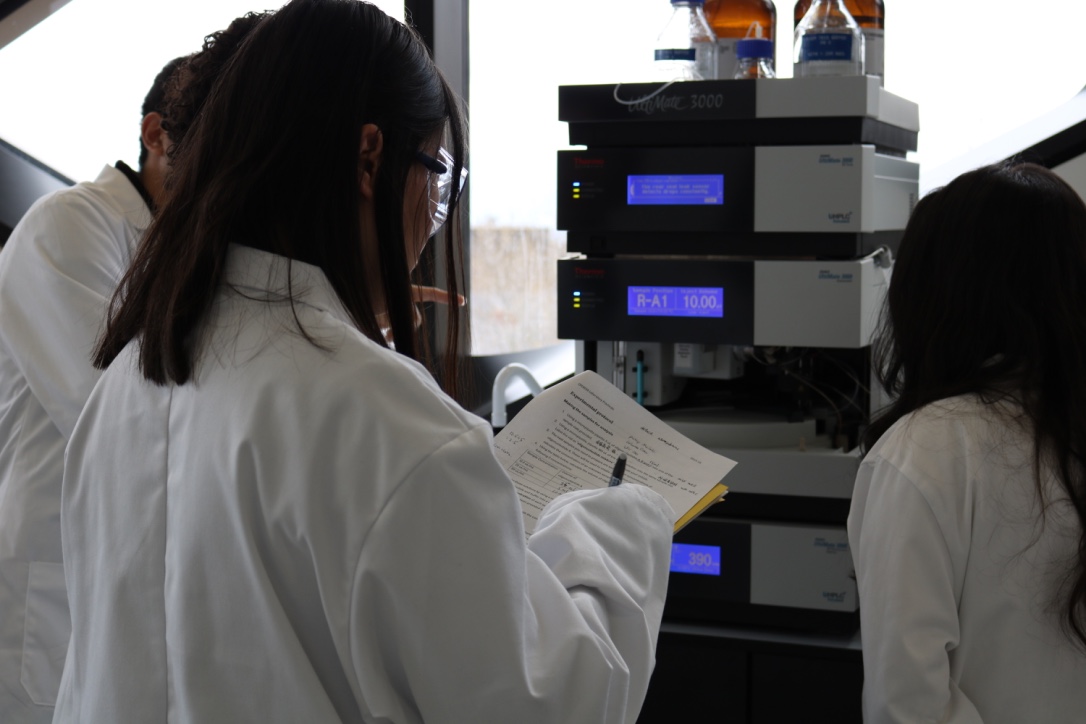
Raw vs processed data
When you come to report results from an experiment, you will want to tell the reader about what you obtained from the experiment. This takes two forms; the readings that you actually recorded, known as raw data, and what they showed once you’ve turned these into a form which helps the reader to interpret the results, which is processed data.
For most experiments, you will want to include both in your report, but it is important that you think about what you are presenting and the best form to put it in.
Raw data
Raw data is the data that comes straight off the experiment. It might be scaled, or filtered, but it is the first data that can be recorded.
Some examples of raw data are:
- Pressure in mm water to measure flow with an orifice plate.
- Signals per second for rotating machinery.
- A voltage signal from a microphone with each data point.
It is vital that raw data is recorded and preserved. For data taken in a laboratory, a lab book is a vital tool in this. This is because it may need to be reprocessed at a later date or shared with another researcher.
Processed data
Processed data is the raw data, dealt with so it can be used more easily, or displayed to show a result or feature.
Let’s look again at the examples of raw data alongside examples of how this data might be processed.
| Raw data | Processed data |
|---|---|
| Pressure in mm water to measure flow with an orifice plate | Convert the height into a pressure in Pa by multiplying by 9.81, then use the equation in ISO 5167 to calculate flow rate in m3s-1. |
| Signals per second for rotating machinery | Convert this into radians per second, then multiply by the radius of the rotating part to obtain the surface speed of the part. |
| A voltage signal from a microphone with each data point. | Filter to remove noise. Perform a Fast Fourrier Transform (FFT) on it to extract the main harmonics, output these to display and process further. |
Do I need to include raw data in my report?
It is a matter of choice whether to report raw data in the results section of a report. The method used for scaling and processing of raw data will usually be described in the Method section of a report. If so, it is less important that it is put into the report.
You may want to include a plot of the raw data so your reader can see the spread of results that were obtained. If there are more than about 10 values, it is often best practice to put the raw data values into an Appendix (we’ll look at appendices in more detail in the final lesson of the course).
Processed data is usually much more useful to the researcher, as it is typically in commonly used units and is easier to analyse. It will also be easier to compare this to other researchers’ work (typically in the discussion).
So when you deal with data, think about what type it is, what you are going to do with it, and how and where you are going report it.